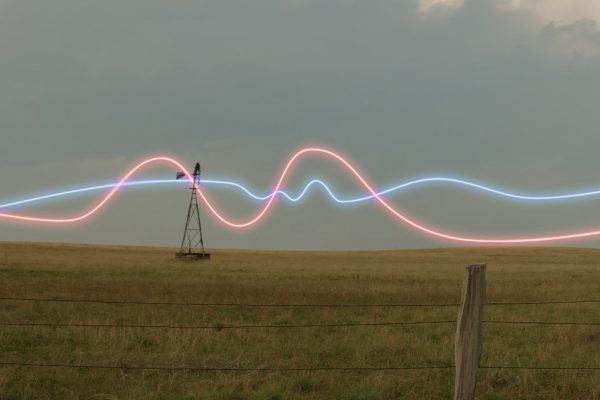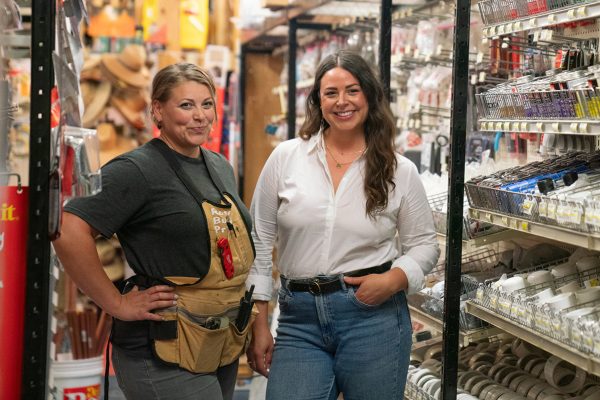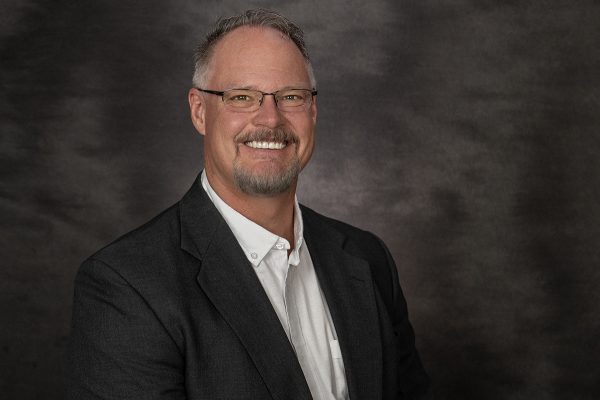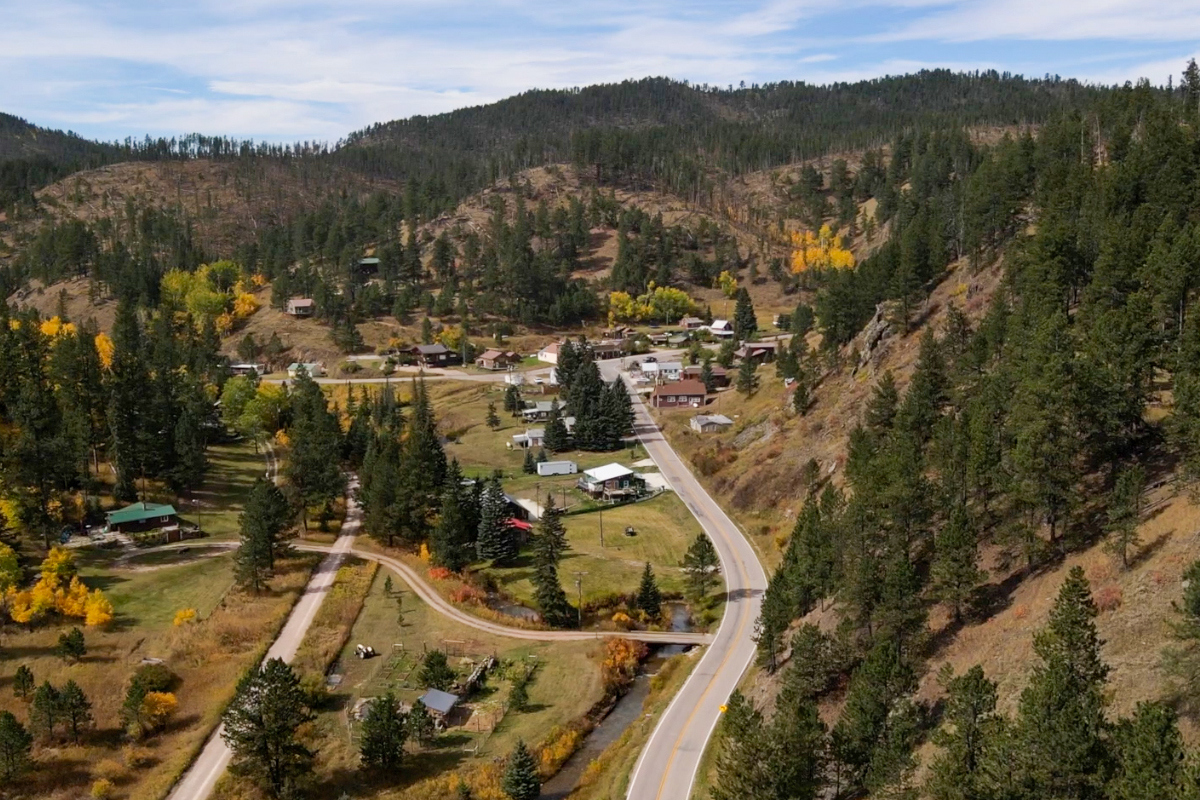
Broadband is an economic necessity for business, education and healthcare and yet tens of thousands of South Dakotans live in an area that does not have access to broadband.

“It used to be a luxury, now it is a necessity. It’s like water; it’s like power,” said Matt Keck, co-owner of Prairie Berry Winery located near Hill City in the Black Hills.
Prairie Berry’s location does not have good connectivity — but it soon will thanks to investments from public and private partnerships.
The winery's story was one of several shared with Sioux Falls area legislators that illustrated the challenges faced in broadband-free zones across the state and how improving access will be life-changing.
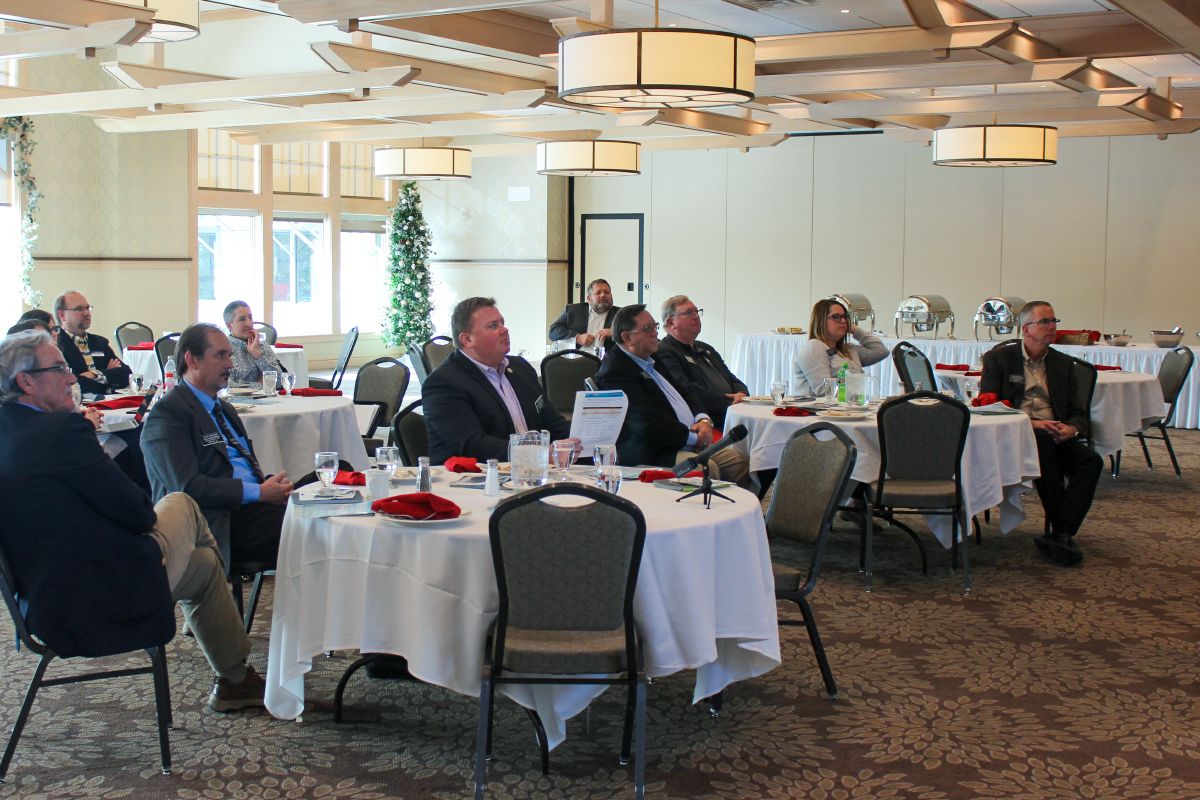
The South Dakota Telecommunications Association and SDN Communications hosted the luncheon where legislators heard about the progress that’s been made and the work that lies ahead. SDTA and SDN represent the independent telecommunications companies across the state. Most SDTA members are also member-owners of SDN. Together they serve 77% of the state’s geography but only 30% of the population.
Investments from federal and state governments as well as the private sector have made a significant impact on expanding broadband access in South Dakota. The ConnectSD Broadband program was established in 2019 when the state legislature approved a $5 million allocation to bring high-speed internet service to all South Dakotans. The ConnectSD was funded with an additional $11.6 million in 2020 and $100 million in 2021 using a combination of state and CARES Act dollars.
But there is still work to be done and more dollars needed.
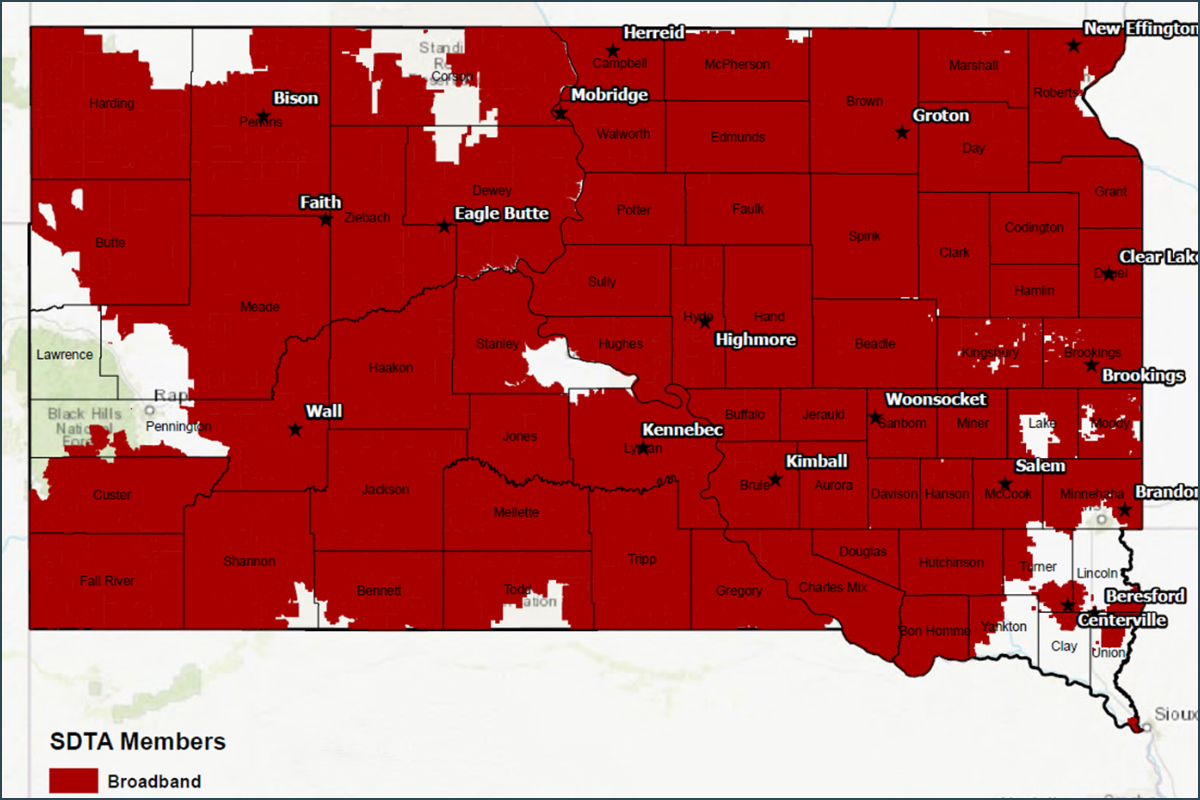
SDTA Executive Director Kara Semmler’s member coverage map has areas, shown in white, that represent some of the most expensive and difficult-to-serve areas because of challenging geography or a small population.
The goal is for every South Dakota citizen, business and community institution to have access to the current broadband standard, which is 25 Mbps download and 3 Mbps upload (25/3), set by the Federal Communications Commission. The estimated cost to fully achieve high-speed access to all South Dakotans could exceed $200 million. Federal and state funding as well as matching dollars from private investments by broadband companies will help see that through.
Available solutions include fiber optics, hybrid fiber-coax, fixed wireless, satellite, and mobile wireless. There are advantages and disadvantages to each of the technologies, Semmler said. The most effective technologies utilize fiber in their delivery network. Though it offers the greatest long-term potential, it is also the most expensive and slowest to implement.
Technologies such as DSL are often cited as readily available over existing telephone lines, which helps reduce the upfront costs, but are quickly falling behind in speed. Many previous DSL providers in South Dakota have abandoned this technology in favor of fiber or cable modems. Wireless broadband delivery across the state varies in the ability to reach modern speed expectations. Some older installations reach areas with broadband that works for basic web usage and email but struggle with advanced usages such as two-way video conferencing and telehealth.
“It’s not about gaming or streaming, but about job and educational opportunities,” Semmler said. “You do want that high-speed — and a (mobile) phone doesn’t cut it.”
Three federal programs leverage public/private partnerships and provide funds to help fill in the gaps on the coverage map, Semmler said.
ReConnect:
The U.S. Department of Agriculture’s ReConnect program furnishes loans and grants to help companies provide broadband services in eligible rural areas. South Dakota projects received funds in the first two rounds of the program, which was leveraged by investments from the state, SDN Communications and its member companies.
Vernon Brown, SDN’s Vice President of Marketing, gave an update on the company’s two ReConnect projects, which will ramp up in 2022. They require 85 miles of fiber, which will connect 11 120-foot monopoles. Wireless companies could locate on the poles as well, which will improve cell service in the hills.
The project was expected to cost $12.5 million with approximately 75% coming from federal funds and SDN picking up the remainder. But new estimates have increased the cost to put fiber in the ground from $65,000 to $100,000 per mile.
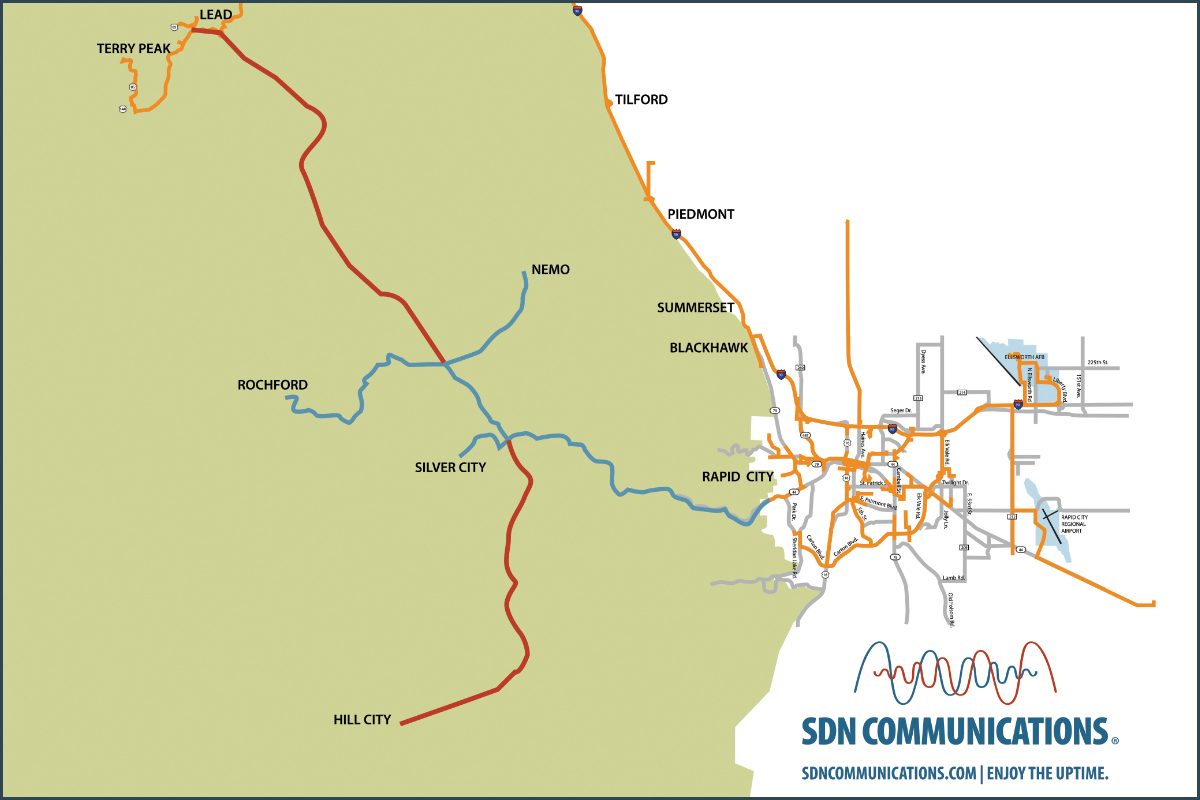
The results, however, will be life-changing for residents and visitors alike. The two projects will make high-speed internet and cell service available to the communities of Silver City, Nemo, Rochford, Hill City, and Lead/Deadwood.
A third round of ReConnect grants will be awarded in 2022.
American Rescue Plan Act Capital Projects Fund:
The American Rescue Plan Act Fund, or ARPA, prioritizes spending on broadband and connectivity, specifically in “high-quality broadband infrastructure as well as other connectivity infrastructure, devices, and equipment.” States are encouraged to prioritize the funds for investment in last-mile service, fiber-optic infrastructure and broadband infrastructure owned, operated or affiliated with local governments, nonprofits and cooperatives.
Some of those last-mile service areas are in the state’s most populated areas — such as the Sioux Falls metro area. While the $10 billion fund is not dedicated to only broadband improvements, it aims to address critical needs that COVID-19 made apparent or exacerbated. Remote work and online school are two examples that remain challenges.
Bipartisan Infrastructure Fund:
The Bipartisan Infrastructure Investment and Jobs Act provides $1.2 trillion in spending and includes $65 billion dedicated to broadband infrastructure. Each state will receive a minimum of $100 million. The FCC will help determine the criteria for underserved locations and criteria to allocate the remaining funds. Funds are also earmarked for digital equity programs, ensuring that users have the skills and support needed to take advantage of broadband connections.
Programs such as ReConnect prioritize the awarded grants to companies in states that are also investing in broadband infrastructure. In South Dakota, the ConnectSD program paved the way for telecommunications companies to receive ReConnect grants. Semmler expects legislators will hear more about opportunities to allocate dollars that ensure South Dakota benefits from these programs in the upcoming session. The 2022 South Dakota Legislative Session opens at noon on January 11th in Pierre.


